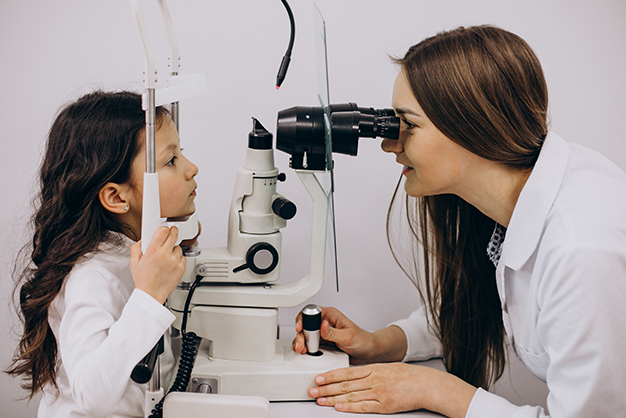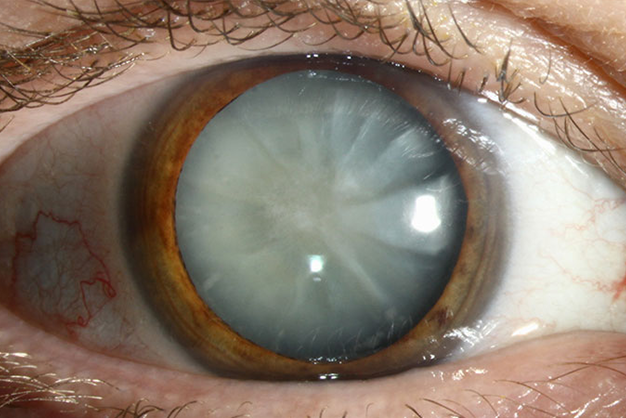
Ophthalmology
Understanding Ophthalmology: A Comprehensive Overview of Eye Health
February 2024

The field of ophthalmology has witnessed remarkable advancements in diagnostic techniques, enabling eye care professionals to visualize the intricate structures of the eye with unprecedented clarity. Ophthalmic imaging plays a pivotal role in the early detection, diagnosis, and management of various eye conditions. In this article, we'll explore the diverse diagnostic techniques in ophthalmic imaging that contribute to the preservation of vision and the overall health of the eyes.
Optical Coherence Tomography (OCT): Peering into Microscopic Details :
Optical Coherence Tomography (OCT) is a non-invasive imaging technique that provides high-resolution cross-sectional images of the retina. By utilizing light waves to capture detailed images of the retinal layers, OCT enables eye care professionals to diagnose and monitor conditions such as macular degeneration, diabetic retinopathy, and glaucoma.
Fundus Photography: Capturing the Back of the Eye :
Fundus photography involves taking detailed photographs of the back of the eye, including the retina, optic nerve, and blood vessels. These images help in documenting and monitoring various eye conditions such as retinal changes, tumors, and vascular abnormalities. Fundus photography is especially valuable in tracking the progression of diseases over time.
Fluorescein Angiography: Visualizing Blood Flow in the Retina :
Fluorescein angiography involves injecting a fluorescent dye into the bloodstream to visualize the blood vessels in the retina. This diagnostic technique is particularly useful in identifying abnormalities in blood flow, detecting conditions like diabetic retinopathy, macular degeneration, and vascular occlusions.
Corneal Topography: Mapping the Surface for Refractive Insights :
Corneal topography is a diagnostic technique that maps the curvature and shape of the cornea, the eye's outermost layer. This imaging method aids in the assessment of refractive errors, irregularities in the cornea, and the planning of procedures such as LASIK surgery. Corneal topography provides valuable insights into conditions like keratoconus and astigmatism.
Ultrasound Imaging: Penetrating the Ocular Depths :
Ultrasound imaging is particularly useful in visualizing structures beyond the reach of traditional imaging methods, such as the eye's interior in cases of dense cataracts or retinal detachments. This technique utilizes sound waves to create detailed images, offering valuable diagnostic information for conditions affecting the vitreous and posterior segments of the eye.
Visual Field Testing: Mapping Peripheral Vision :
Visual field testing assesses the full horizontal and vertical range of a patient's vision. It is crucial for detecting and monitoring conditions like glaucoma, which often involves peripheral vision loss. Various techniques, including automated perimetry and kinetic perimetry, help create a map of a patient's visual field and aid in the early diagnosis of vision-threatening conditions.
Ophthalmic imaging has revolutionized the field of eye care, providing eye care professionals with powerful tools to diagnose and manage a wide array of ocular conditions. From mapping the intricate layers of the retina to visualizing blood flow and assessing corneal shape, these diagnostic techniques play a critical role in preserving and enhancing the precious gift of sight. Regular eye examinations that incorporate these advanced imaging technologies contribute to early detection, timely intervention, and the overall well-being of our eyes.

Ophthalmology
February 2024